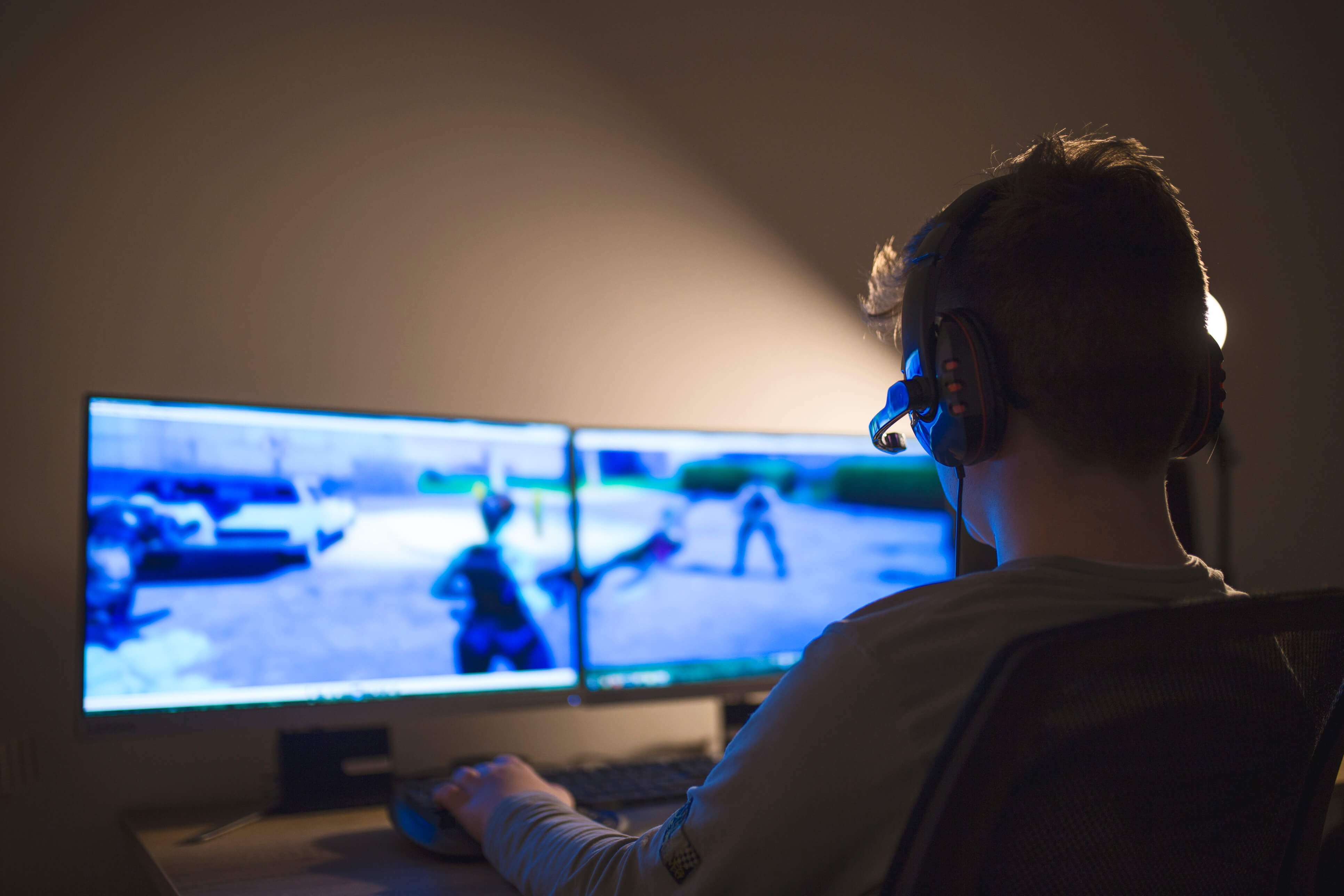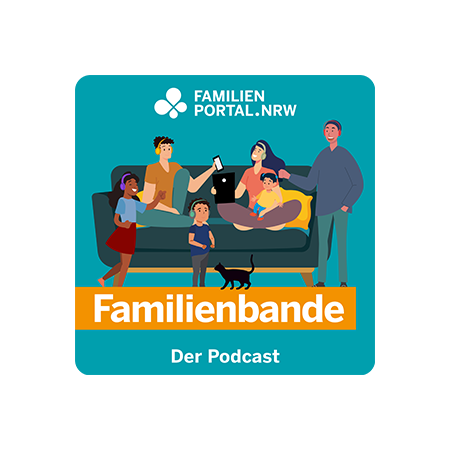Surf safely
Accompanying children in digital environments
Digital media have become an integral part of our everyday lives. Many children today grow up with YouTube videos, online games and social media apps as a matter of course. Children and young people do not distinguish between the digital world and real life. For them, the two belong together. This puts you as parents in a dual role: on the one hand, you want to make your children fit in their everyday use of media, and on the other hand, you want to protect your offspring from potential risks online. Teaching media literacy has become an important part of today's education.

Media literacy: What is it and how do you teach it to your child?
The digital space offers a multitude of different, personality-enhancing worlds of experience. Today, the development of a strong personality also includes training one's own media competence. Children and young people should be enabled to use media sensibly, safely and responsibly. It requires a certain sovereignty to exploit the potential of digital offerings without losing sight of the associated risks. Many adults must first acquire this sovereignty themselves. For this purpose, there is a wide range of material for guardians, professionals and young people, for example on the websites of the Arbeitsgemeinschaft Kinder und Jugendschutz (AJS) NRW e. V., the Fachstelle für Jugendmedienkultur NRW, the klicksafe initiative and the Spieleratgeber NRW.
What risks should be considered when using digital media?
Children between the ages of 10 and 16 use digital media for a variety of purposes: to get information, to be in contact with peers, to pass the time, to play games, or to find inspiration. During the pandemic in particular, they acquired new technical skills, as education and leisure time largely took place in digital media. It is important to show adolescents at an early age not only the many benefits of digital media use, but also the potential risks. Help from adults is needed when children and young people
- use digital media excessively,
- experience digital violence (cyberbullying, pictorial depictions of violence, or hate comments),
- being confronted with false news or conspiracy narratives or extremism, .
- Experiencing harassment, boundary violations, or sexual violence (cybergrooming),
- intentionally or unintentionally be confronted with pornographic material, .
- experience that their own intimate pictures or videos are sent with or without their consent.
Digital violence has a lasting impact on the psychological integrity of children and adolescents. You as a caregiver help your child in the case of a boundary violation primarily by seeking the conversation with him and remain sensitive to his very individual needs.
How can you prevent possible risks?
In addition to strengthening the personality, the protection of privacy plays an important role. At the latest when your child has his or her own cell phone or tablet, you should take care of technical measures for protection. For example, you can adjust the device settings (iOS or Android), make privacy settings in individual apps or install a suitable parental control app. For example, you can set screen times or prevent your child from posting anything publicly or falling for cost traps. You can find out more in the recommended materials at the bottom of this page.
What rules for media use in everyday life can be discussed in the family?
For the use of media, children and adolescents need clear orientation. The best way to achieve this is to keep a constant dialogue going within the family about rules for use and to strike an appropriate balance between the personality-enhancing aspects of media use and the risks associated with it.
Here are some examples:
- For the use of digital media such as television, computer, cell phone or tablet, agree on fixed times and a daily maximum duration.
- Discuss the age rating of films of the Voluntary Self-Regulation of the Movie Industry (FSK) and the Games Industry Self-Regulation (USK) for computer or online games and only allow the use of age-appropriate media.
- Exceptions may be allowed by agreement: for example, more media consumption on bad weather days.
- There are media-free afternoons and family days at the weekend with sports and leisure activities or in nature.
- Participation in competitions, orders or downloads of (paid) content will not take place without consultation with parents.
- Participation is only allowed in tested and in age-appropriate chats that are agreed with parents.
- Personal data such as passwords will not be disclosed and no sensitive data will be published on the network (address, phone number, etc.).
- At shared meals, the cell phone is not taken to the table.
- Own and third-party content, especially photos and videos, are shared thoughtfully and preferably only with trusted people.
How do you stay in dialogue with your child?
Even if your child is already surfing the net independently, keep an eye on their activities and talk about what is happening on TikTok, YouTube or WhatsApp, for example. Make your child aware of false reports, border violations or discrimination on the Internet and make it clear that assaults, hatred and incitement to hatred are punishable by law.
And last but not least: You are a role model yourself! Model the media behavior you want your children to have and stay informed about technical, content-related and media developments - the following link tips will help you to do so.



